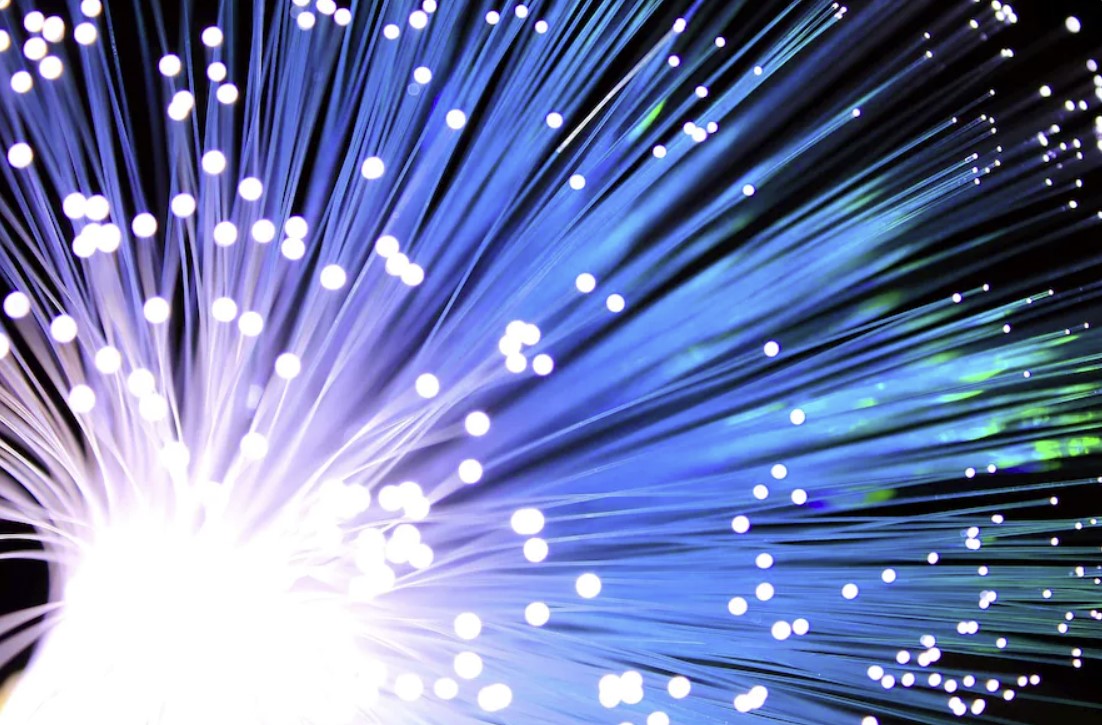Stay up to date with Tempo Announcements and News

AT&T Plans to Double Fiber Footprint
AT&T Plans to Double Fiber Footprint
At the company’s 2022 Analyst & Investor Day held last Friday, AT&T executives laid out their investment plans for 2023. Those plans include significant focus on fiber and 5G, including increasing the service provider’s fiber footprint to more than 30 million locations by 2025, double the number passed as of the second quarter of 2021. Business locations passed should reach 5 million, also twice the previous benchmark.
To reach these goals, AT&T expects to add 3.5 million to 4 million customer locations each year. Concurrently, the company plans to phase out its copper-based broadband infrastructure. By 2025, AT&T believes that 75% of its network footprint will be served via fiber and 5G and that it will have reduced its copper services footprint by 50%.
Of course, such footprint expansion will cost money. In 2022, AT&T expects total capital expenditure (capex) of approximately $24 billion – a level it also will reach in 2023. Capex should then decline to the $20 billion range starting in 2024. During a call with analysts as part of the March 11, 2022, activities, Pascal Desroches, senior executive vice president and CFO of AT&T, indicated the company is spending approximately $3 billion to $4 billion annually on fiber broadband infrastructure deployment and he expects that to continue until the company reaches its 2025 homes passed target.
AT&T CEO and President John Stankey said on the same call his company expects to see a 5X increase in data transmitted over the company’s network over 5 years. Jeffery Scott McElfresh, CEO of AT&T Communications LLC, added that the monthly consumption of in-home customers will climb from today 900 GB to 4.6 TB 2025. Today’s residential customers consumes roughly 30X more data in the home than they do on their smartphones, he added.
“Now to be recognized as the best in tomorrow's hyperconnected world, we believe the network must start with a solid foundation of fiber, a foundation that isn't just fiber in the core of the network but is also in a dense distribution network with pervasive pathways of fiber serving customers out at the edge,” McElfresh stated. “We believe this fiber foundation is essential for a network to perform. To consistently deliver a great experience with greater ubiquity, reliability, and it must also have the capability to efficiently serve this increasing demand for high-quality bandwidth.”